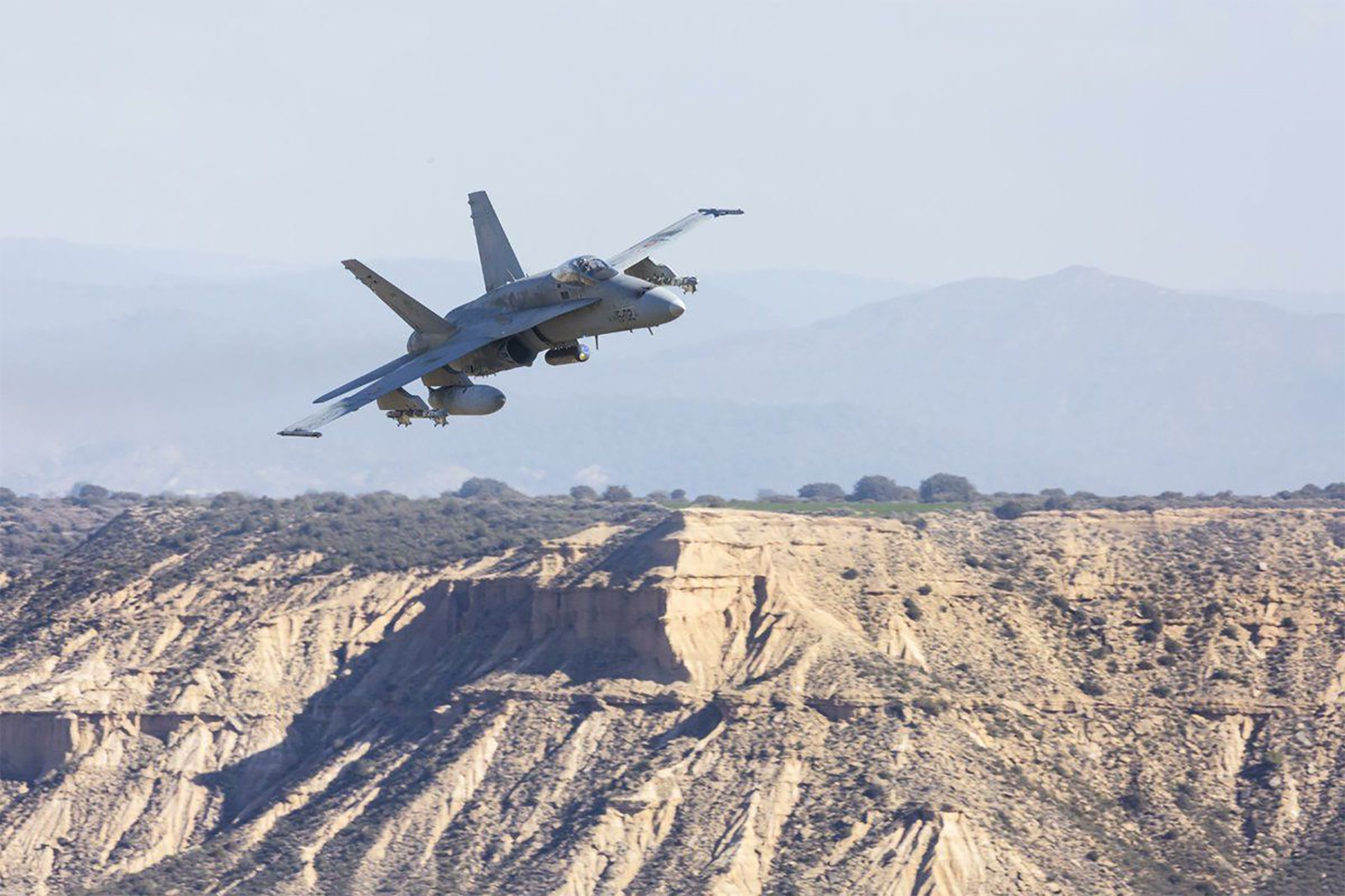Revolver Precision Staplers
- In 1920, the company El Casco Revolver was founded by two armers of the company Orbea de Eibar, but the 1929 crisis made the production adapt: using the same raw materials, machines and specialized personnel, the office material stapler aurrera.Onddo was its main invention.
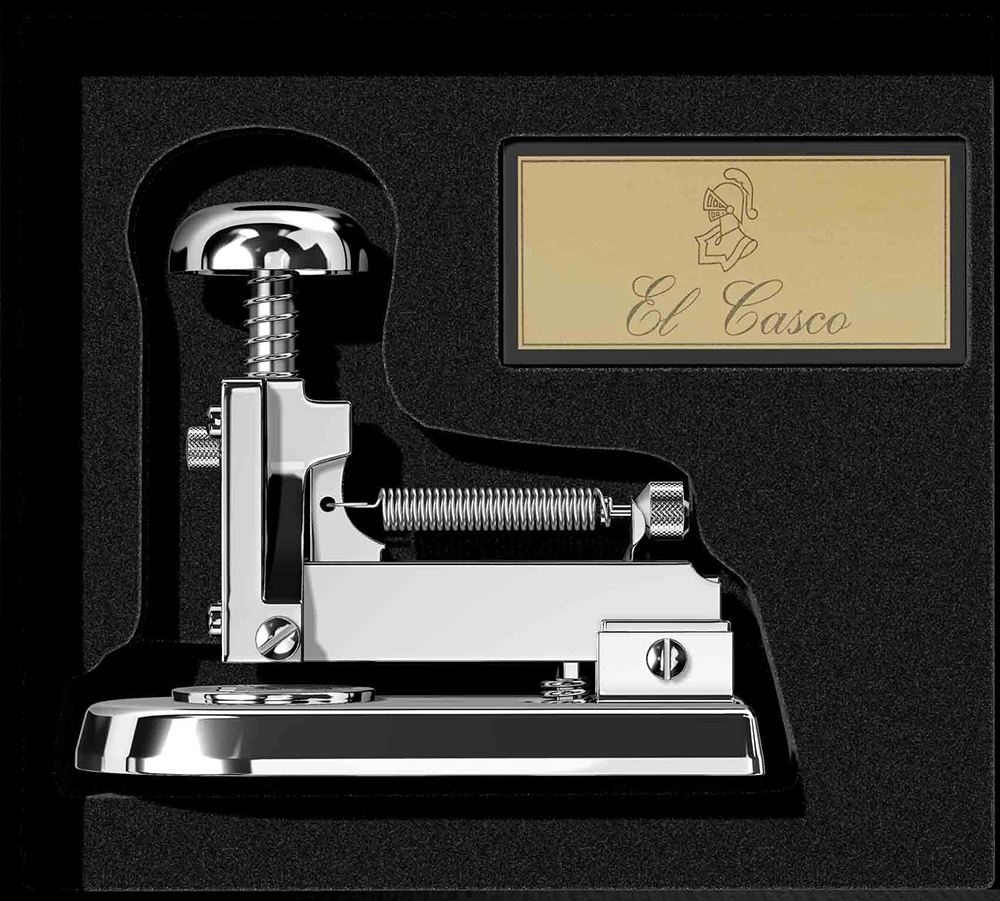
Eibar, 1920. Two employees of the company Orbea, Juan Solozabal and Juan Olave, who made firearms, created the company El Casco. It was about producing high-quality revolver, taking advantage of what was learned at the Orbe, and they did so for nine years. But the crisis of 1929 also affected the revolver market and both armers decided to adapt their production. Using the same raw materials, machinery and specialised personnel, office equipment will be produced from then on.
They designed a stapler in the form of a fungus and called it “cosepapers” or “paper sewing machine”. And from the beginning they clearly pointed out their relationship with the armory: “A staple in the stapler should circulate as accurately as a bullet in the barrel of a revolver.” Staplers already existed in the market, for example C. H. Heavy artifact of more than a kilo patented by Gould in 1879. Thus, it cannot be said that Olave and Solozabal invented the stapler, but they were the first to produce and expand the light manual staplers.
Paper drills, taps or letter weights were also manufactured, but the stapler would be the star product of the company, especially since the well-known M-5 model was manufactured in 1932. Today, at the Elgeta factory, El Casco continues to produce M-5 and is sold all over the world. In addition, the 90-year model is exhibited at the MoMa Museum in New York as a work of art.
The story of El Casco indicates that everyday objects can become art. But first he points out that many of the everyday objects originate in the military industry, giving priority to military needs in the face of the needs of civil society, although then they serve to respond to them. In addition to staplers invented in Eibar, many other inventions of military origin have changed our lives: adhesive tape, packaged food, microwave, contact tail, menstrual pads, weather radars, internet, synthetic rubber tires...
A few weeks ago, the President of the European Union, Ursula von der Leyen, reported on the need for military spending of eight hundred billion euros. This expenditure is said to be in response to a military threat to which Europe is exposed, and it has been confirmed that there... [+]
As we explained in our book on adaptation, in view of the decline in European military spending since the late 1980s of the last century, at the beginning of the 21st century European death traders decided to organize themselves and structured themselves as lobbies imitating the... [+]
In recent weeks and months, all kinds of political, economic and business organizations have been constantly raising the sounds of war. But what if the purpose of this buzzing noise was not to allow us to think clearly and the fear was to confuse our analysis? Let’s try to... [+]
At the beginning of the year, the Zedarria group publicly supported the "opening of the debate" on the "defense" industry (as well as the nuclear industry), to which the Basque Government has immediately joined. First, through Mikel Torres, Vice President and Economic Counselor, who... [+]
Ukrainaren ondoren Polonia?
Europar Batasunak Ukrainako gerra hauspotu du Kiev armaz hornituta, eta menia oraindik airean delarik, gerraren zikloan murgilduta dago bete-betean. Hori bai, bere diskurtsoa modulatzen ari da, eta gero eta gehiago hitz egiten du balizko su-etenaz... [+]
Bizitza erdigunean jartzeko abagunea ikusi genuen feministok zein ekologistok Covid-19 pandemia garaian. Ez ginen inozoak, bagenekien boteretsuak eta herritar asko gustura itzuliko zirela betiko normaltasunera. Bereziki, konfinamendu samurra pasa zutenak haien txaletetan edo... [+]
At the end of June we finished the first parts of the book Conversión de la industria militar en Euskal Herria para no fabricar más guerras (Adaptation of the arms industry in the Basque Country so as not to create more wars) La guerra is coming! It explores and investigates... [+]
Historia errepikatzen dela idatzi zuen Marxek, “lehenik tragedia gisa, gero fartsa moduan”. Armagintzaren eta militarismoaren inguruan errepikapen hutsa ez, espiralean goraka doan buklea ari gara bizitzen, fartsatik asko duena, eta tragedian amaitzeko gero eta aukera... [+]
“Ez dugu gerraren aurrean etsi nahi, ez dugulako hilerrietako bakea nahi”, dio manifestuak, eta agintariei irtenbide politiko baten alde lanean jartzeko eskatu diete. Sinatzaileen artean daude Delàs institutua, Gernika Gogoratuz edo Ongi Etorri Errefuxiatuak... [+]
Orain dela 20 bat urte, berrikuntzaren inguruan master bat egin nuen. Bertaraturiko gonbidatu batek esan zigun gizakion historian berrikuntza teknologikoaren eragile handiena gerra izan zela. Gerra, halaber, eragile handia da botere harremanen berrikuntzan.
Berrikuntzaz ari... [+]









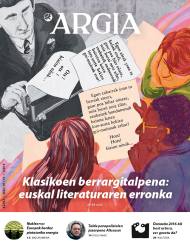



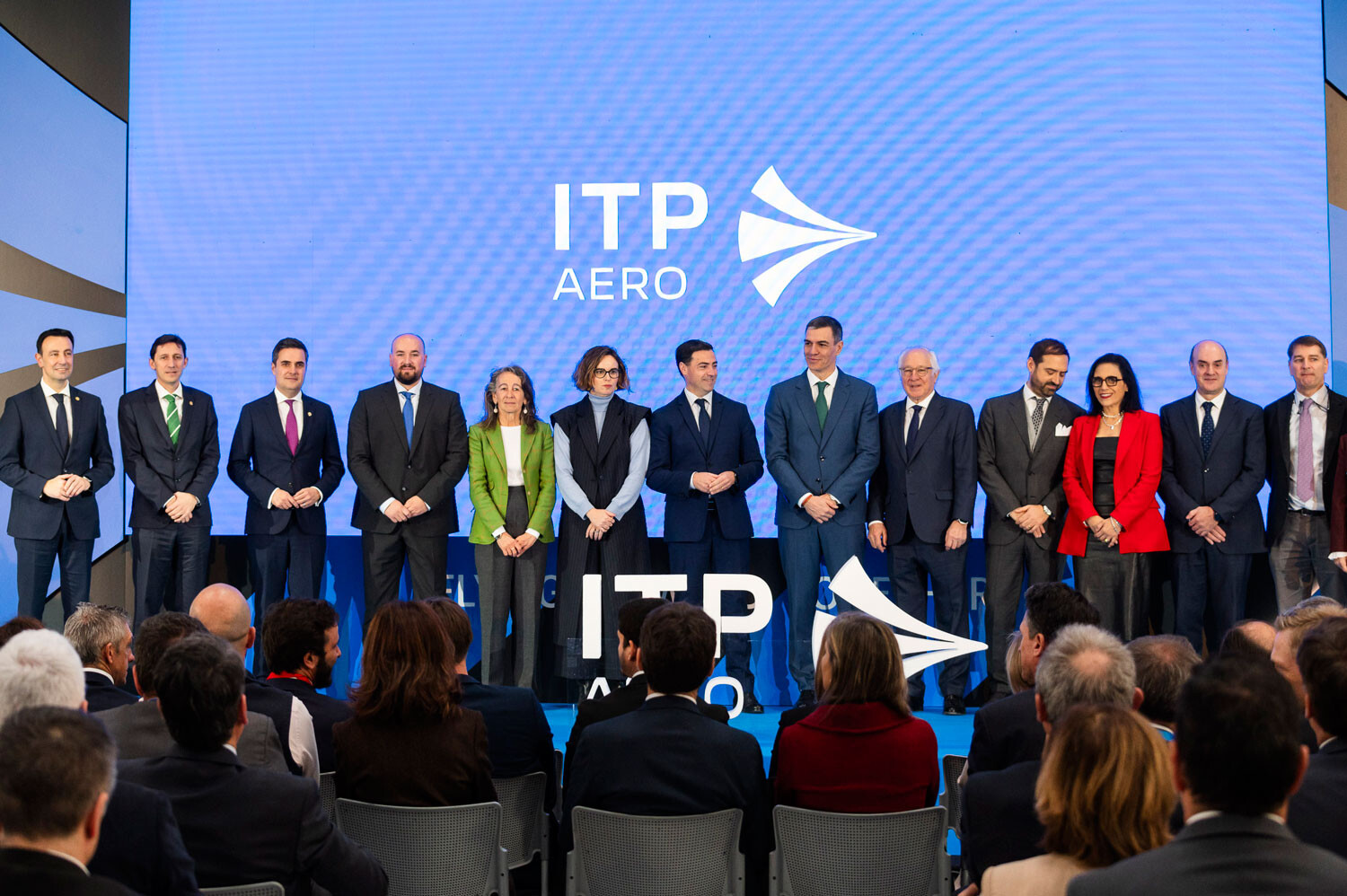

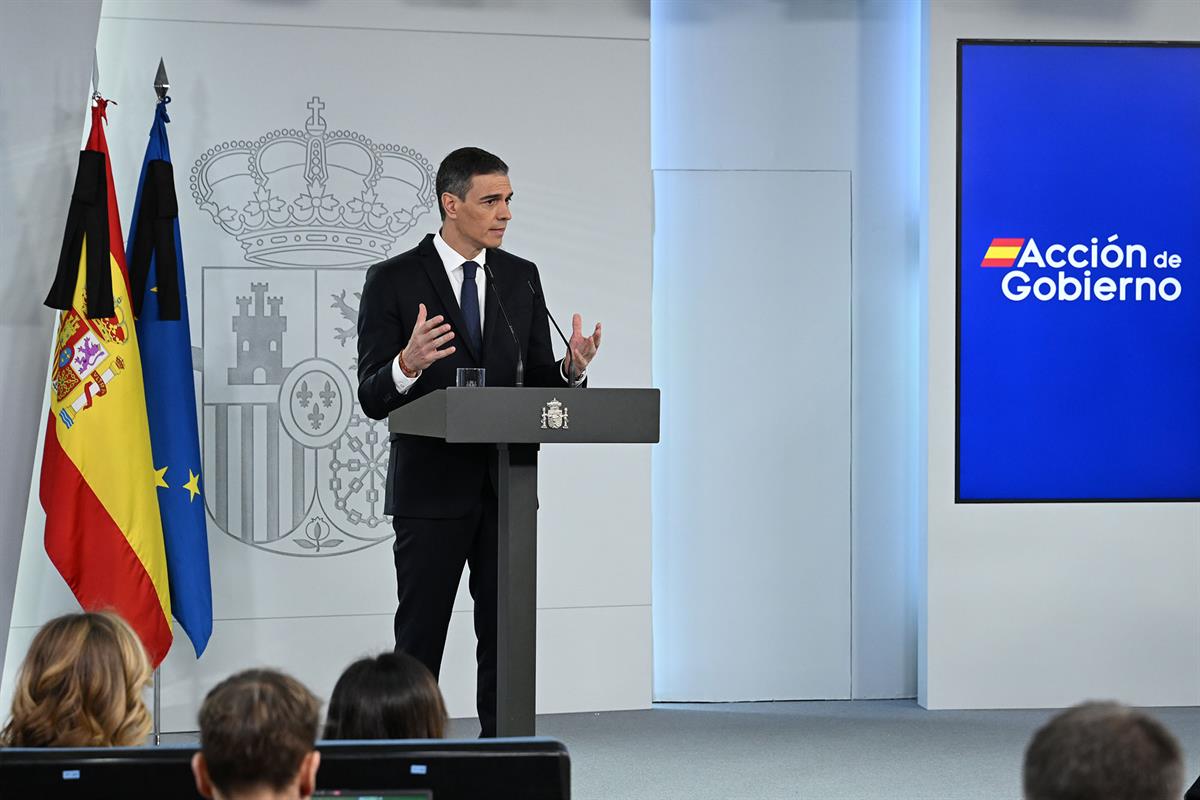
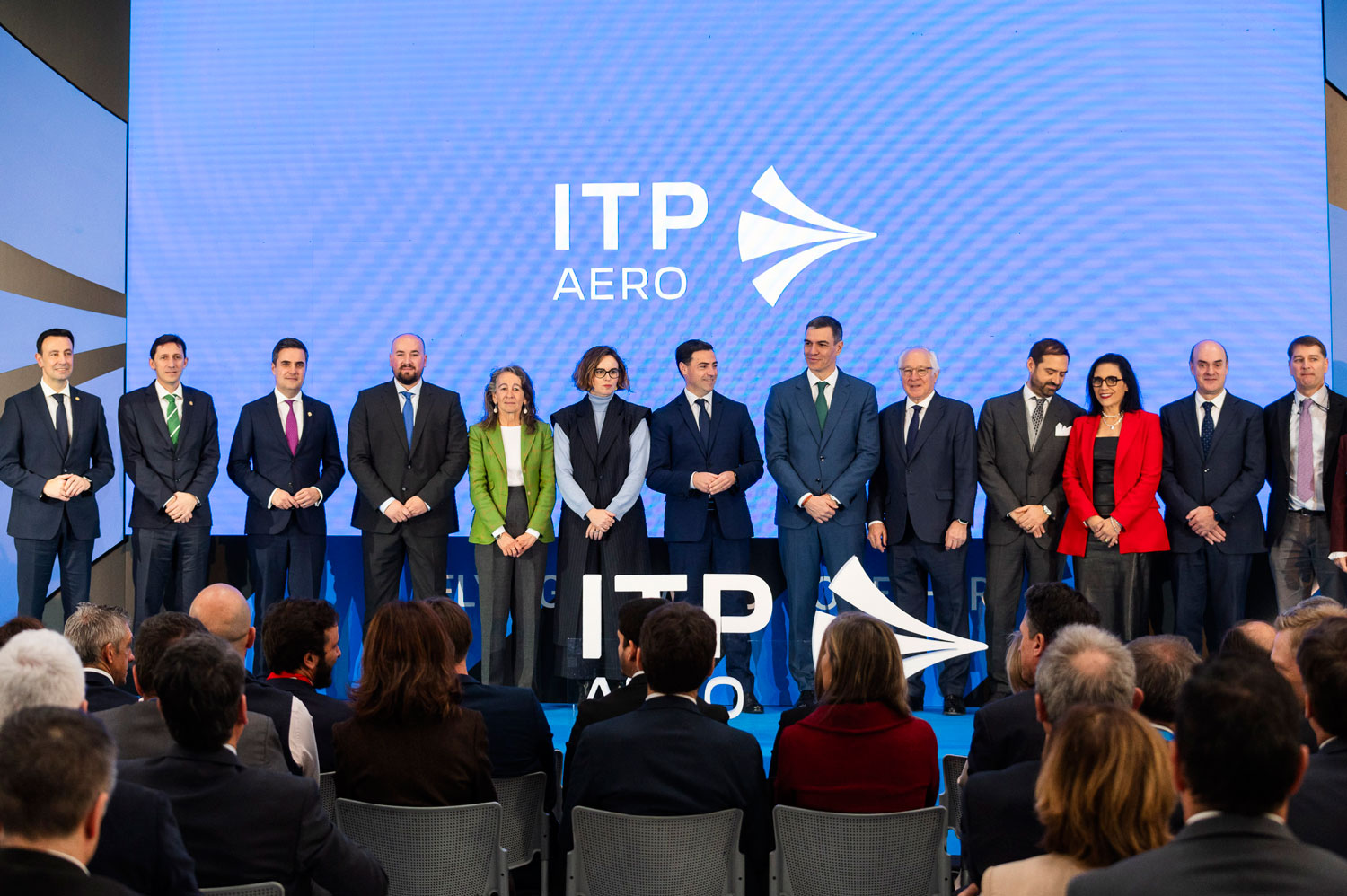
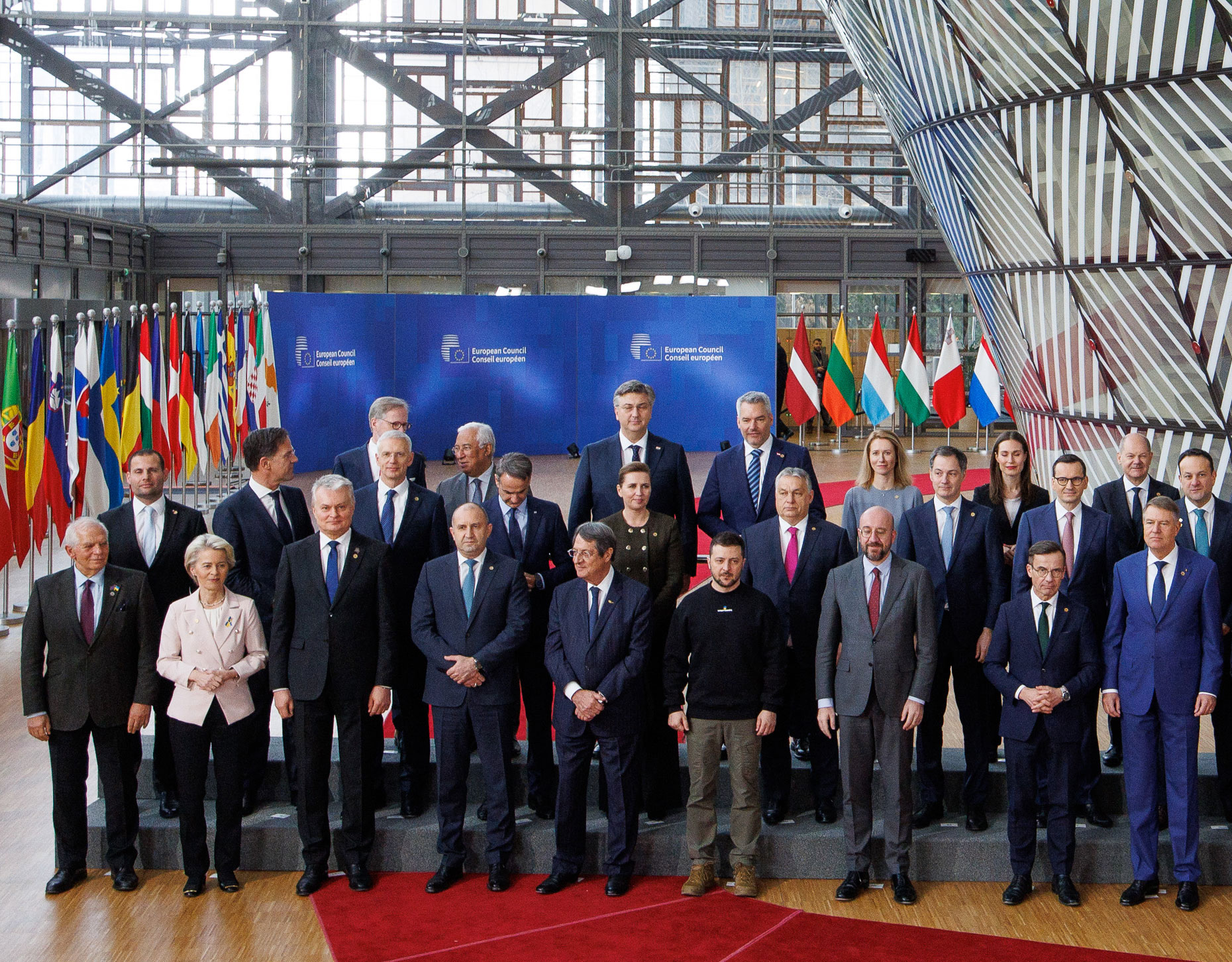
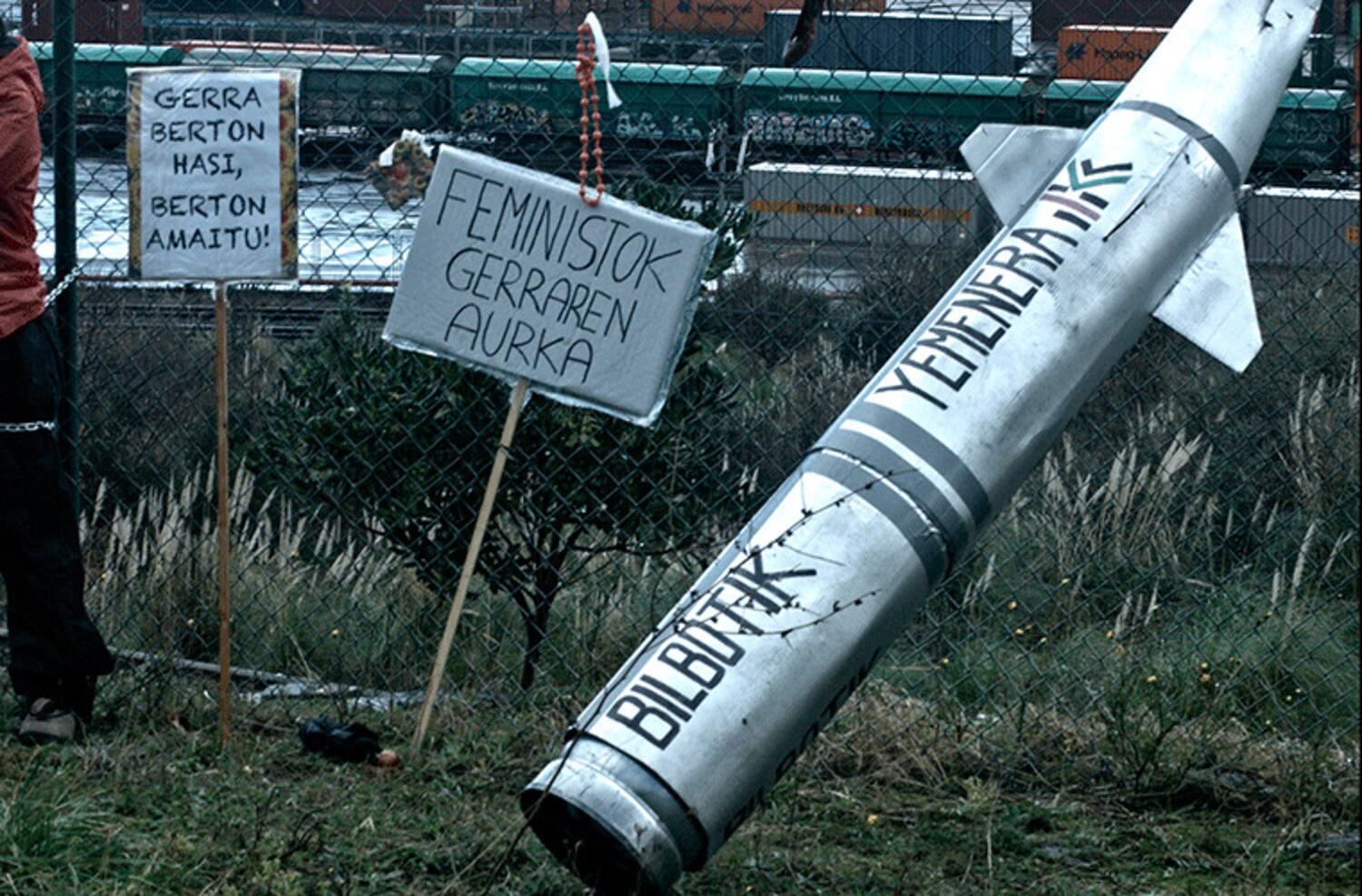

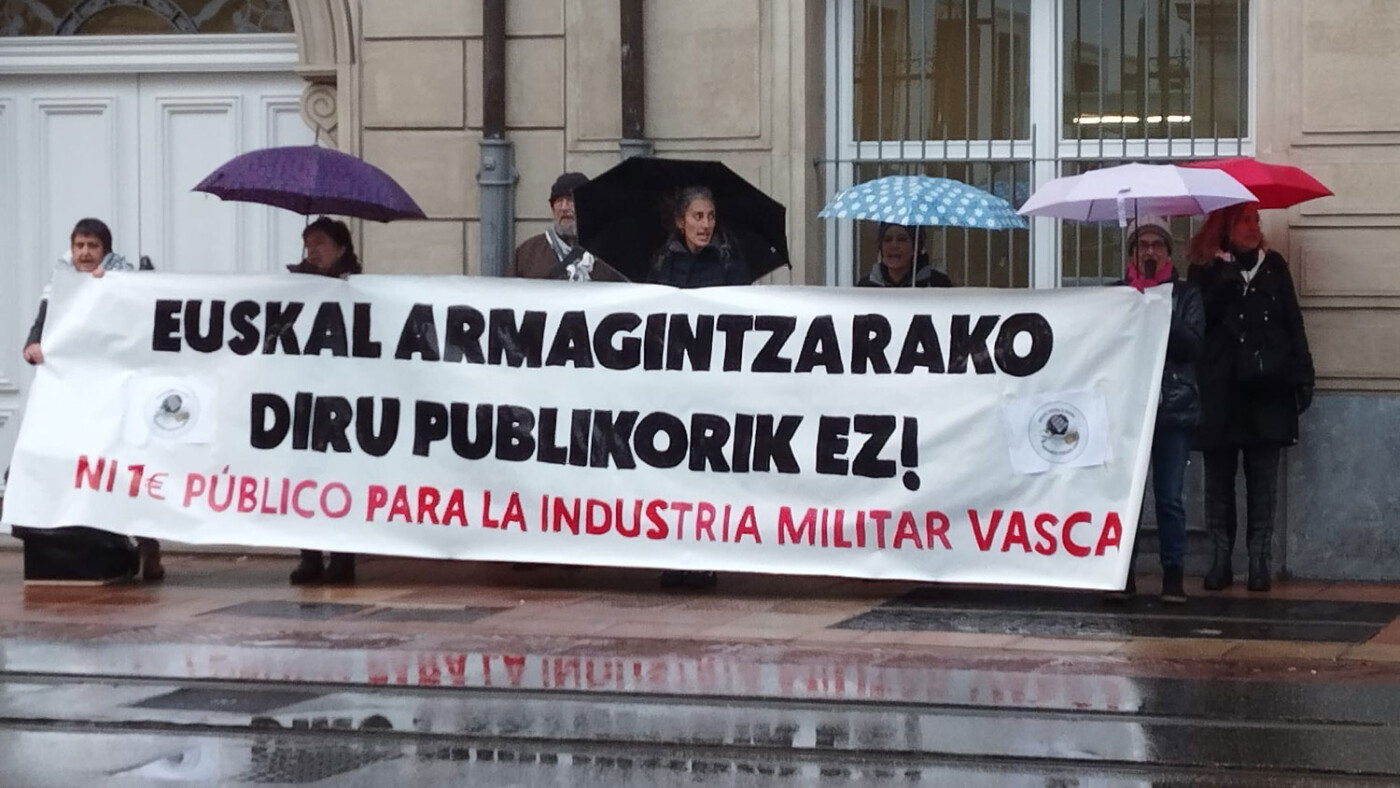
.jpg)

